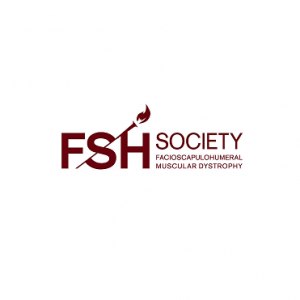#CureFSHD Online Campaign Launched By FSH Society

 The FSH Society, a charity organization based in Massachusetts supporting research and advocacy related to facioscapulohumeral muscular dystrophy (FSHD) has recently announced the launch of the #CureFSHD campaign. The aim of this campaign is to boost awareness and to educate people about FSHD, which is a type of muscular dystrophy that occurs more commonly than most would think.
The FSH Society, a charity organization based in Massachusetts supporting research and advocacy related to facioscapulohumeral muscular dystrophy (FSHD) has recently announced the launch of the #CureFSHD campaign. The aim of this campaign is to boost awareness and to educate people about FSHD, which is a type of muscular dystrophy that occurs more commonly than most would think.
As a campaign kick off and to begin the discussion, the FSH Society has begun showing poignant photographs of patients suffering from FSHD overlaid with impacts of FSHD, facts and warning signs. Through the @FSHSociety Twitter account, each day the Society will post a new photograph to educate the public about the dimensions and realities of the disease that affects one in every 8,333 people, according to U.S. estimates. The FSH Society is encouraging people to share the photographs over their Facebook, Twitter and Instagram accounts in order to get more people involved.
Daniel Perez, CEO and president of the FSH Society, said in a press release: “For over 20 years, the FSH Society has been making a major impact on the FSHD community. One of the biggest challenges of this disease is that it often goes undiagnosed. We are excited to launch this awareness-building campaign in hopes that it will help people understand the symptoms and side-effects that come with the disease.”
[adrotate group=”3″]
A photographer, Romana Vysatova, was hired to build up a studio at the FSH Connect Conference and then take portraits that will be used in the campaign. Patients and respective families are brought together with top doctors, researchers and health experts.
“These images show the pain and struggle we fight through on a daily basis. It is such a simple task to share these images over social media; however, the impact it will have and the awareness they will bring to FSHD is truly remarkable,” said Carlos Romero who is a national champion paraclimber fighting his own battle against FSHD.
The disease affects about 870,000 people throughout the world. This genetic disorder is characterized by progressive degredation and wasting of skeletal muscles and typically attacks the muscles of the face, arms, shoulder blades, though it can progress to affect any skeletal muscle in the body.






